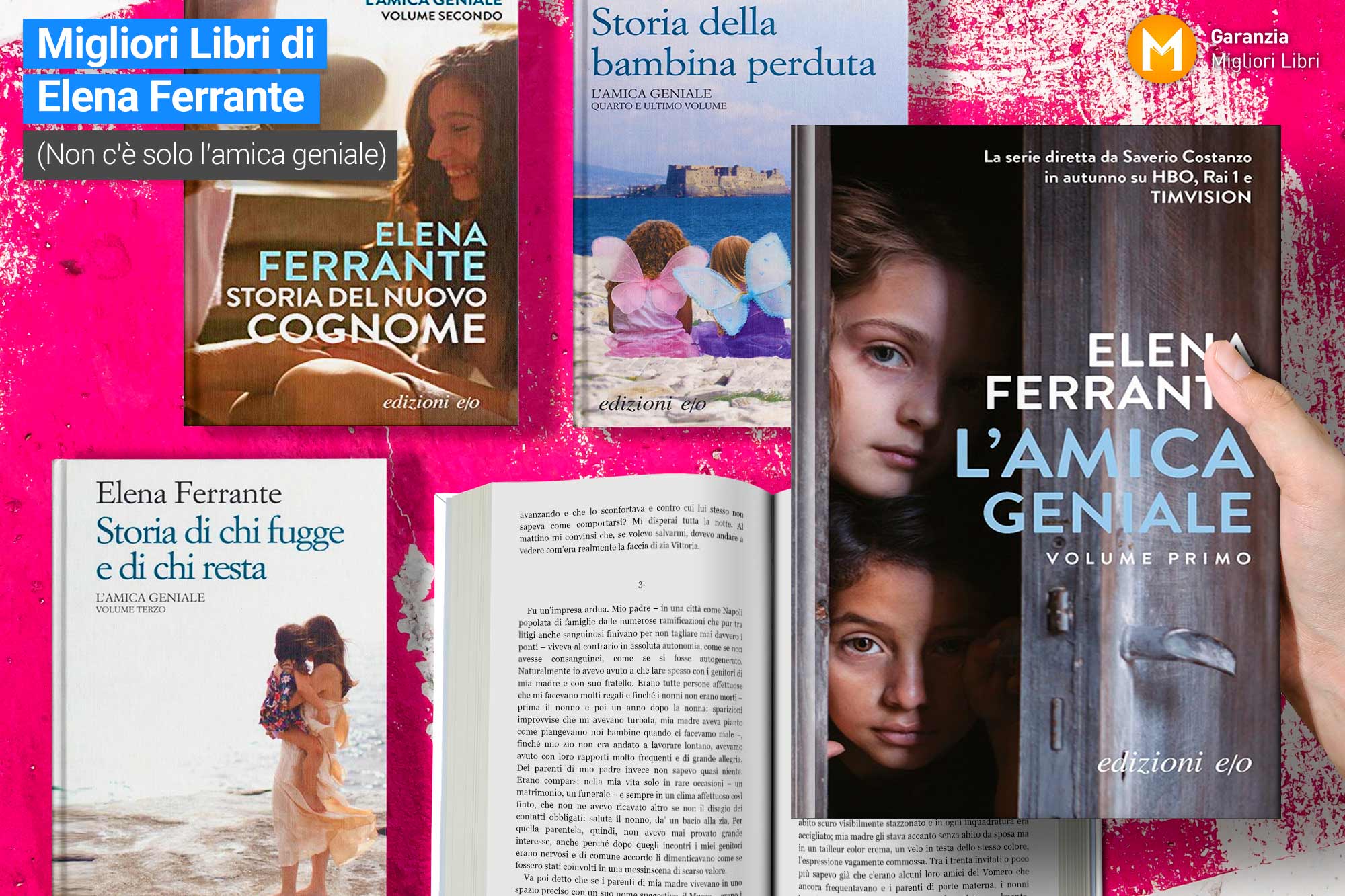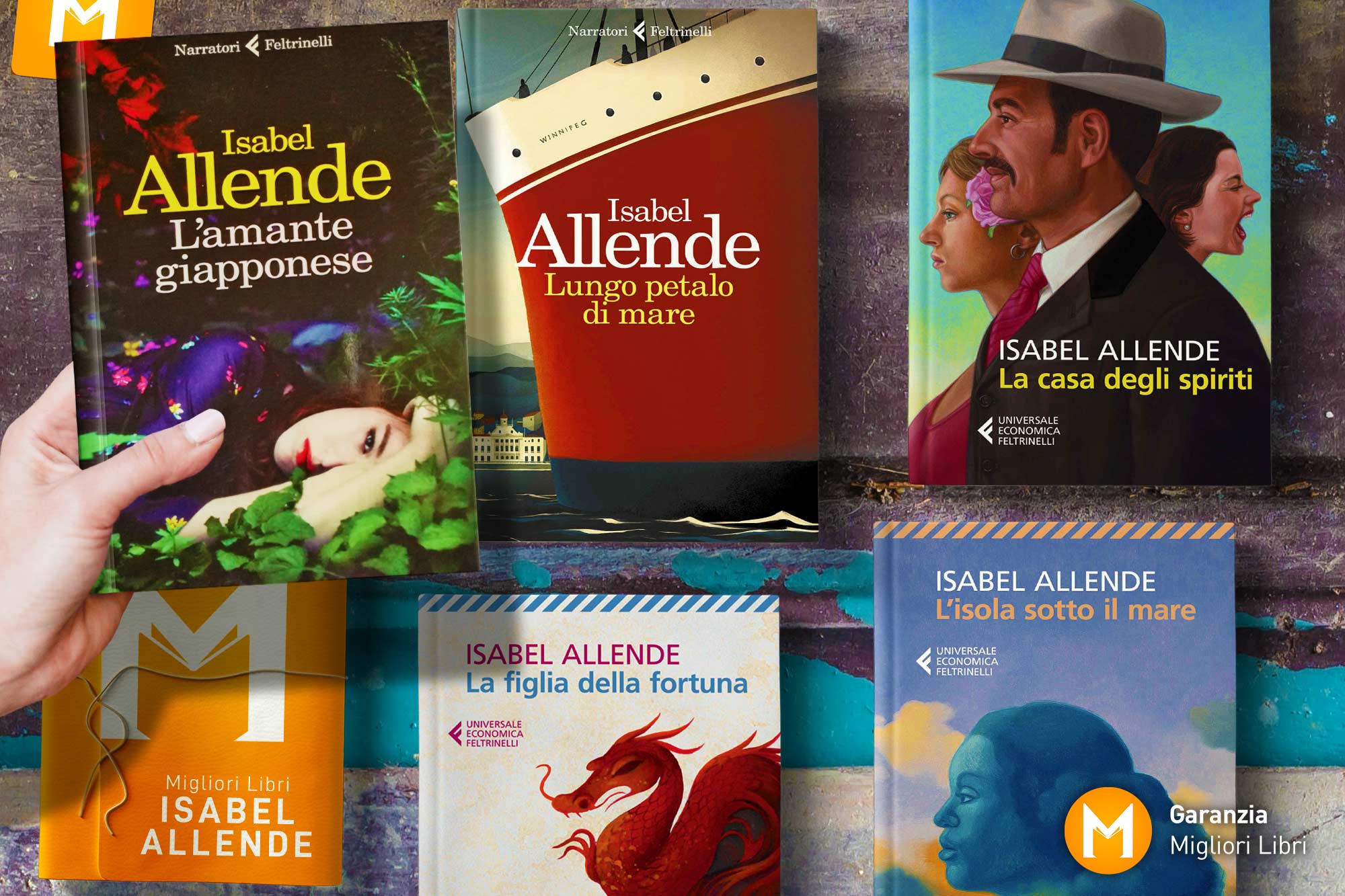Questa è la pagina dedicata a Francis Bacon.
In questa pagina troverai 5 prodotti, tra cui “Francis Bacon en toutes lettres: Catalogue de l’expostion présentée au Centre Pompidou du 11 septembre 2019 au 20 janvier 2020”.
Francis Bacon: Shadows
Francis Bacon: Shadows continues in the revelatory mode established by Inside Francis Bacon. It comprises six essays on diverse topics, interpretative as well as factual, which cumulatively present an abundance of fresh ideas and information about Bacon. The fundamental aim of the series – to rethink Bacon’s art from new perspectives – is impressively fulfilled by the eminent authors. Martin Harrison opens the book with some hitherto unseen Bacon-related photographs and includes a tribute to the great Bacon scholar, David Boxer (1946-2017). Christopher Bucklow turns his attention to the contrast between Bacon’s art and the art of our own times, setting Bacon in the context of Romantic Modernism’s confidence in the unconscious as a source. Amanda Harrison’s essay explores imagery in Bacon’s paintings that relates to esoteric, mythological and alchemical themes, while Stefan Haus draws on the ideas of philosophers from Plato to Hegel to consider the impact of Bacon’s art. Hugh Davies’s unexpurgated 1973 Bacon Diaries are published here in their entirety for the first time, revealing a more complete view of Bacon as both man and artist. Sophie Pretorius examines Tate’s Barry Joule Archive, a collection of working materials and drawings attributed to Bacon. Finally, Martin Harrison explores Francis Bacon’s Lost Paintings – works Bacon dubbed ‘failures’, but preserved by his Estate and published here for the very first time. With 120 illustrations in colour
Francis Bacon: Man and Beast
Francis Bacon is considered one of the most important painters of the 20th century. A major exhibition of his paintings at the Royal Academy of Arts in 2020 explores the role of animals in his work – not least the human animal. Having often painted dogs and horses, in 1969 Bacon first depicted bullfights. In this powerful series of works, the interaction between man and beast is dangerous and cruel, but also disturbingly intimate. Both are contorted in their anguished struggle, and the erotic lurks not far away: “Bullfighting is like boxing,” Bacon once said. “A marvellous aperitif to sex.” Twenty-two years later, a lone bull was to be the subject of his final painting. In this fascinating publication – a significant addition to the literature on Bacon – expert authors discuss Bacon’s approach to animals and identify his varied sources of inspiration, which included wildlife photography and the motion studies of Eadweard Muybridge. They contend that, by considering animals in states of vulnerability, anger and unease, Bacon was able to lay bare the role of instinctual behaviour in the human condition.
Francis Bacon
«Quel che mi affascina in Bacon – come del resto in Giacometti – è che i suoi quadri gridano presenza, in un modo assoluto. Una tela di Bacon è viva quanto la vita stessa, esiste e si rivolge a noi con una potenza e un fascino senza pari. Il problema autentico per un pittore consiste nel rappresentare la natura colma di una vita autonoma, di una concentrazione vitale che si riverberi sullo spettatore e conferisca all’opera una presenza reale più forte di quella che può avere, ad esempio, un albero o una sedia. Certo, per far questo, deforma. Ma un pittore come Bacon non deforma mai per vezzo, per cercare, ad esempio, il mostruoso. Bacon non è un espressionista e le deformazioni che fa subire alla figura umana non nascono neppure da una finalità politica o religiosa. Bacon non polemizza, non vuol provare nulla. Breton ha scritto: “La bellezza sarà convulsiva o non sarà”. Così è per Bacon. Bacon ha capito che perché una figura esista in arte, la natura deve esser violentata. La verità profonda non si rivela che al di là del naturalismo. Cosa può esserci, d’altra parte, di più caotico del mondo in cui viviamo, di più disperante della nostra specie minacciata di estinzione? Ma Bacon non cerca di testimoniare tutto questo. Si limita a guardare il mondo così com’è, e non può non dipingere quella che è la nostra verità profonda: l’angoscia. Nulla in lui è confortevole: si è insediato sull’orlo del terribile, va direttamente al nodo della condizione umana. Mostrando l’uomo nella sua verità, si apre ineluttabilmente al tragico» (Dalla conversazione tra Jean Clay e Michel Leiris)
Francis Bacon en toutes lettres: Catalogue de l’expostion présentée au Centre Pompidou du 11 septembre 2019 au 20 janvier 2020
In Camera: Francis Bacon: Photography, Film and the Practice of Painting
A lavishly illustrated look at the sources behind the paintings of Francis Bacon. Francis Bacon famously found inspiration in photographs, film-stills and mass-media imagery. In this new, updated edition of In Camera, Martin Harrison reveals how these sources informed some of Bacon’s most important paintings and triggered decisive turning points in the artist’s stylistic development. Key influences, including the masters Velazquez, Poussin and Rodin, the photographer Eadweard Muybridge and the film director Sergei Eisenstein, are given close consideration. Bacon’s work is examined in relation to the precedents set by other artists working in the tradition of making use of mechanical reproductions, including Pablo Picasso and Walter Sickert, and in the context of his contemporaries Lucian Freud, Mark Rothko, Graham Sutherland and Patrick Heron. With the aid of over 270 illustrations, including valuable source images and documents, In Camera is a bravura accomplishment of original research, addressing important questions about Bacon’s painting practice and shedding fresh light on his life and work.
Se volessi saperne di più, dai un’occhiata al nostro canale Youtube!



































Lascia un commento
Devi essere connesso per inviare un commento.